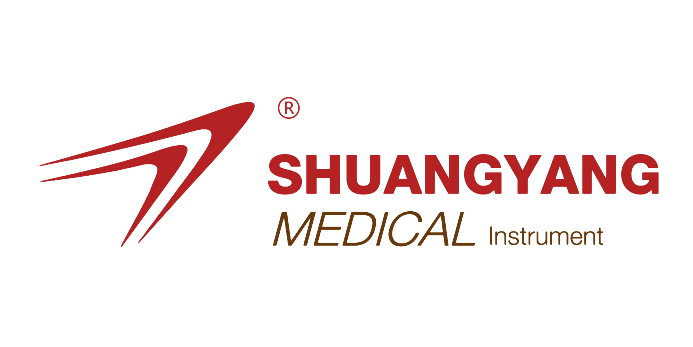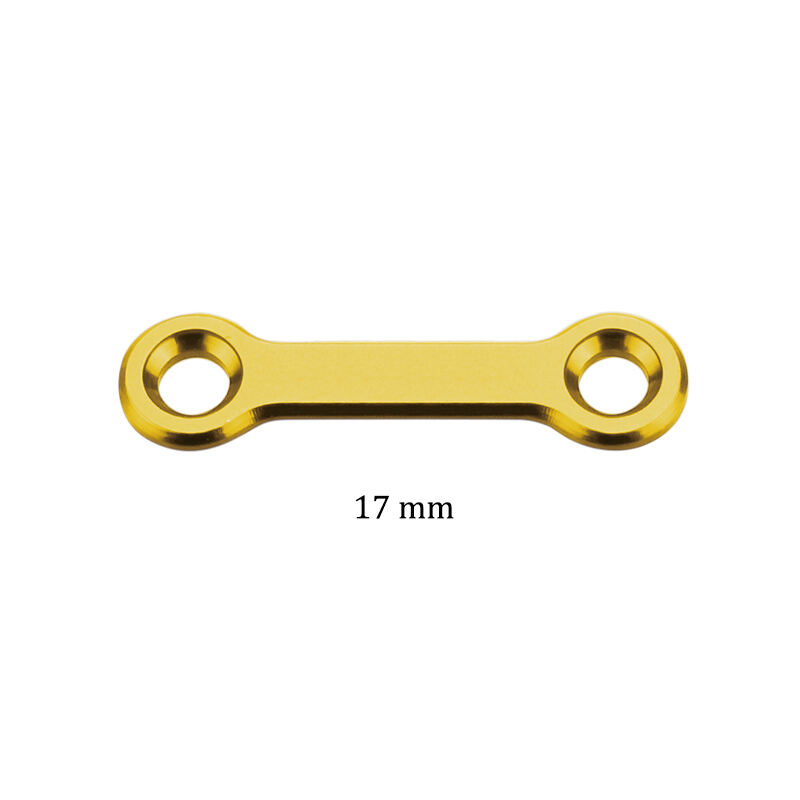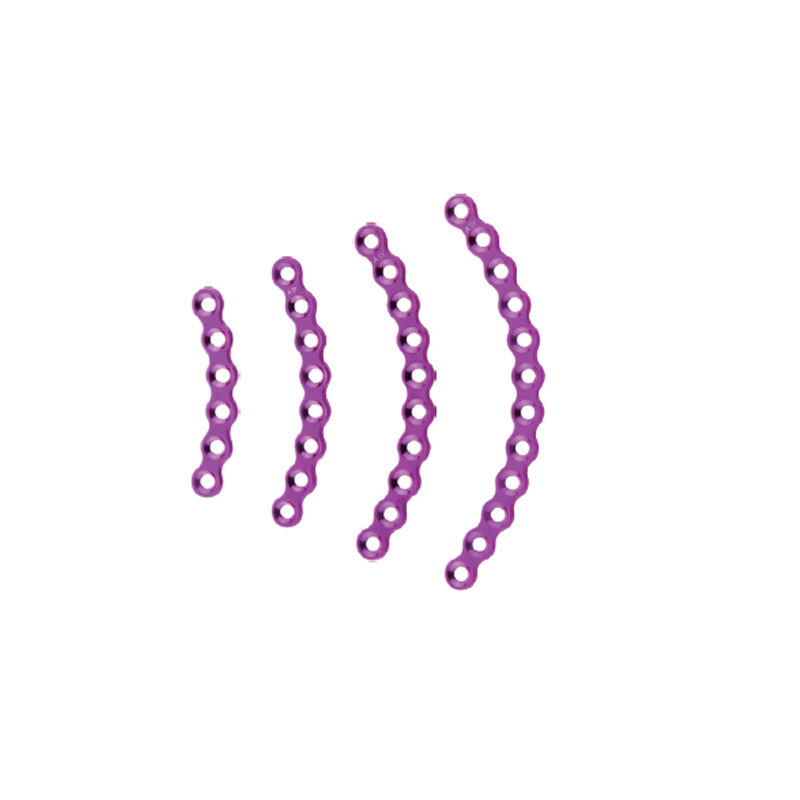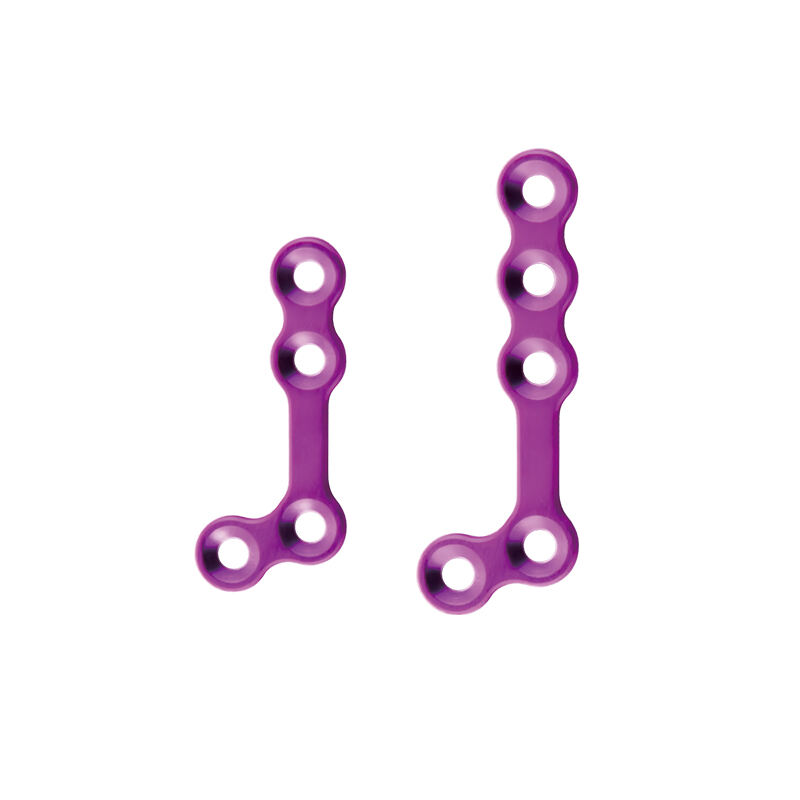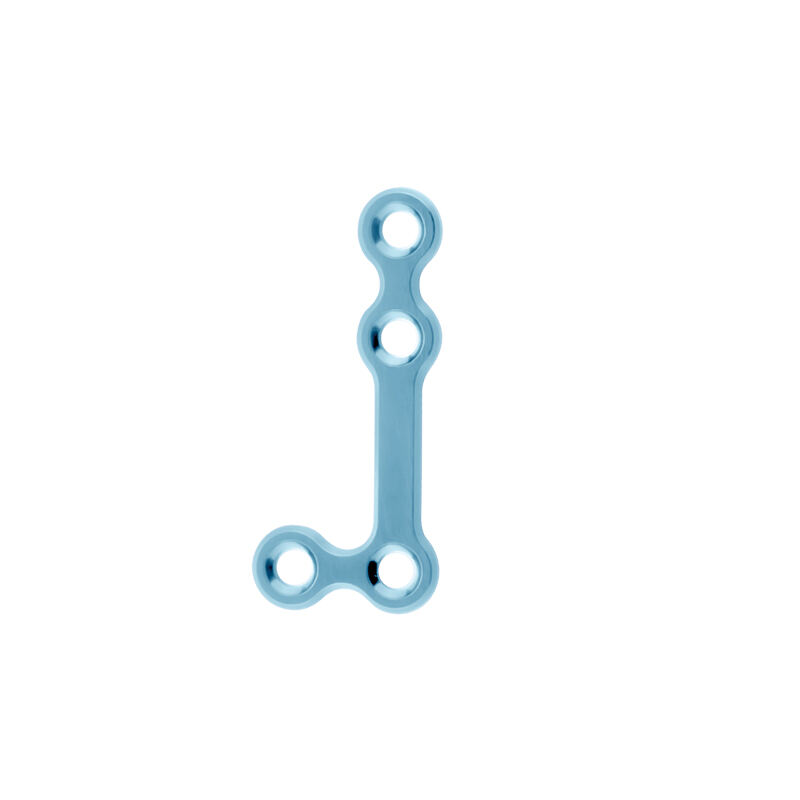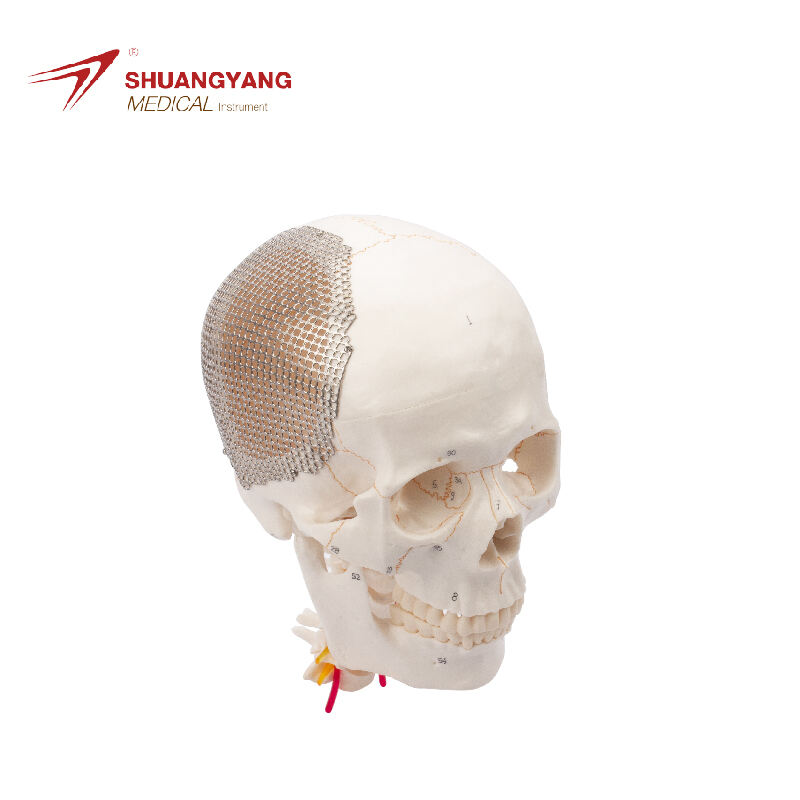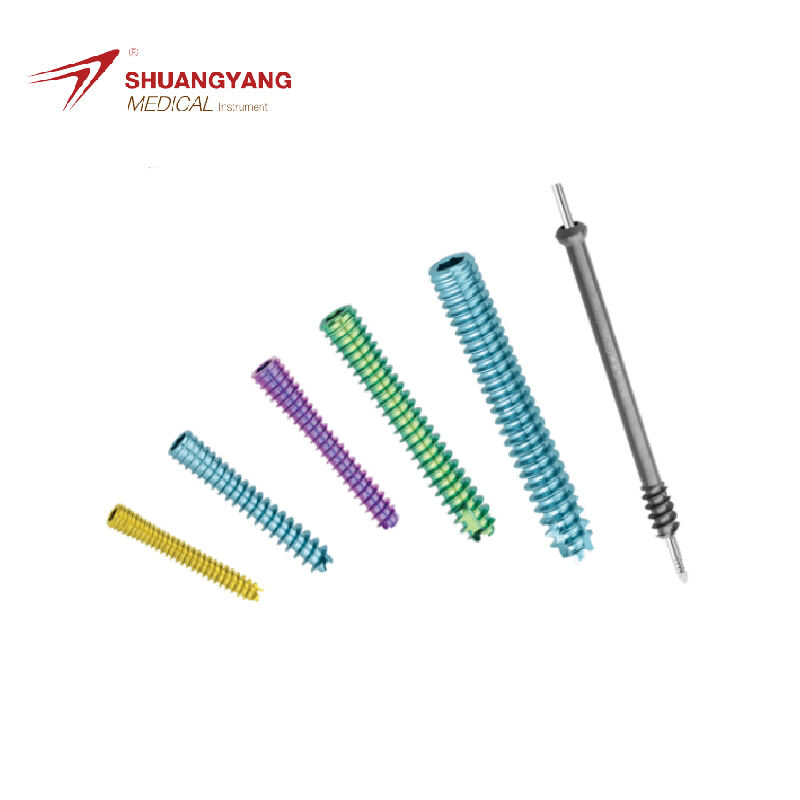sternum bone hurts
The sternum, commonly known as the breastbone, is a flat bone located in the center of the chest. It plays a crucial role in the skeletal system by protecting vital organs such as the heart and major blood vessels. The sternum consists of three main parts: the manubrium, the body, and the xiphoid process. Its functions are numerous, including providing an attachment point for the ribs, facilitating the movement of the upper limbs, and contributing to the stability of the thoracic cage. Technological features of the sternum include its unique structure that allows it to absorb and distribute force, minimizing the risk of injury to internal organs. In medical applications, the sternum is of particular interest in cardiology and thoracic surgery, where knowledge of its anatomy and functions is imperative for successful procedures.
 EN
EN
 FR
FR
 ES
ES
 AR
AR
